A new chairman has also been appointed:
Eminent rocket scientist Somanath appointed ISRO Chairman
He played a major role in development of the PSLV and GSLV Mk-III
Latest Thread

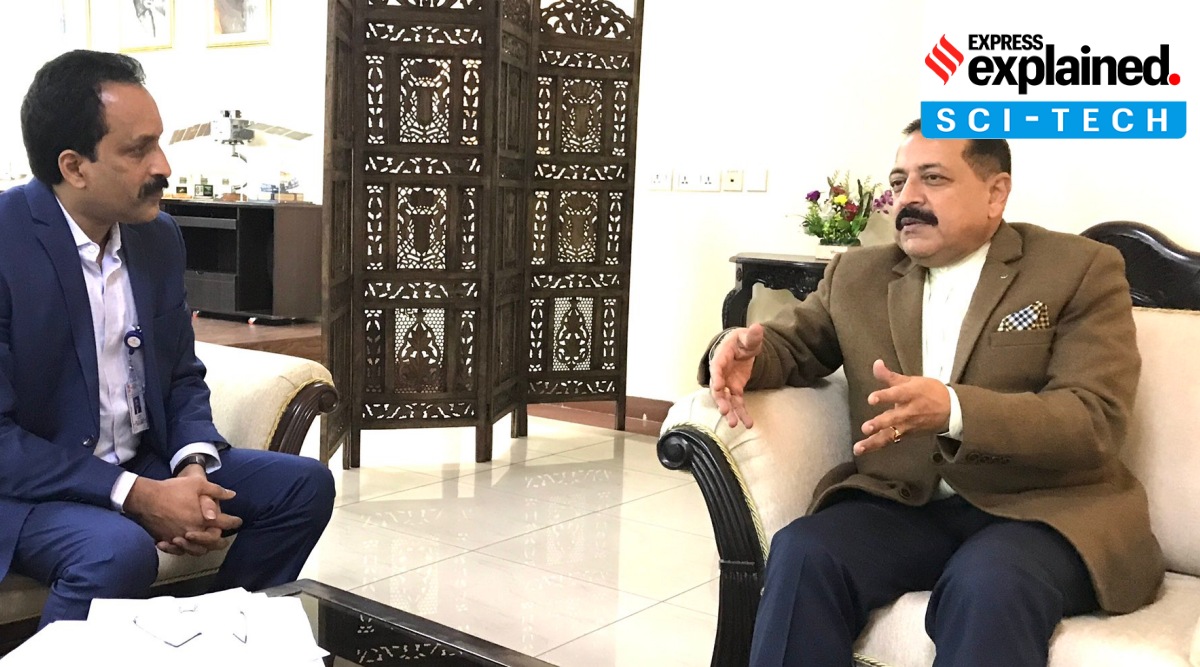
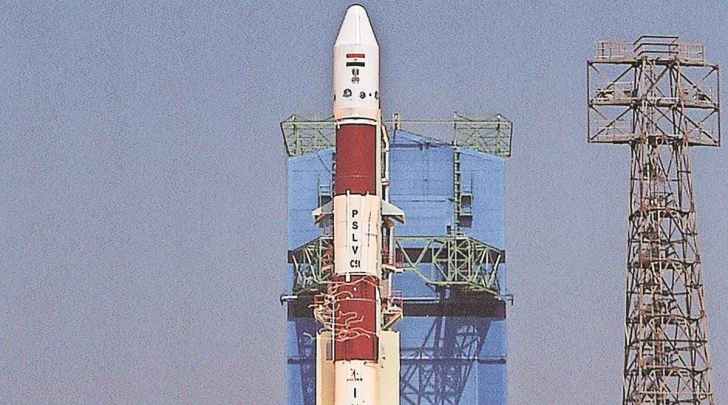
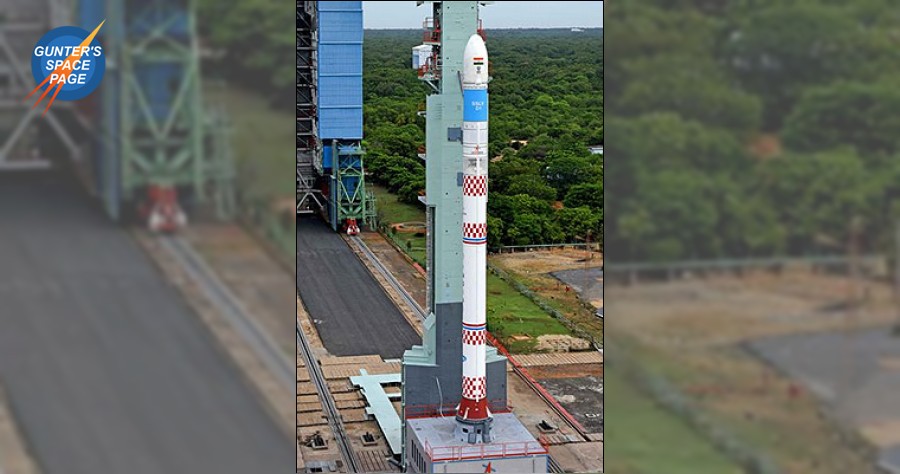
Is it true that a taiwanese satllite was also launched along with other payloads?

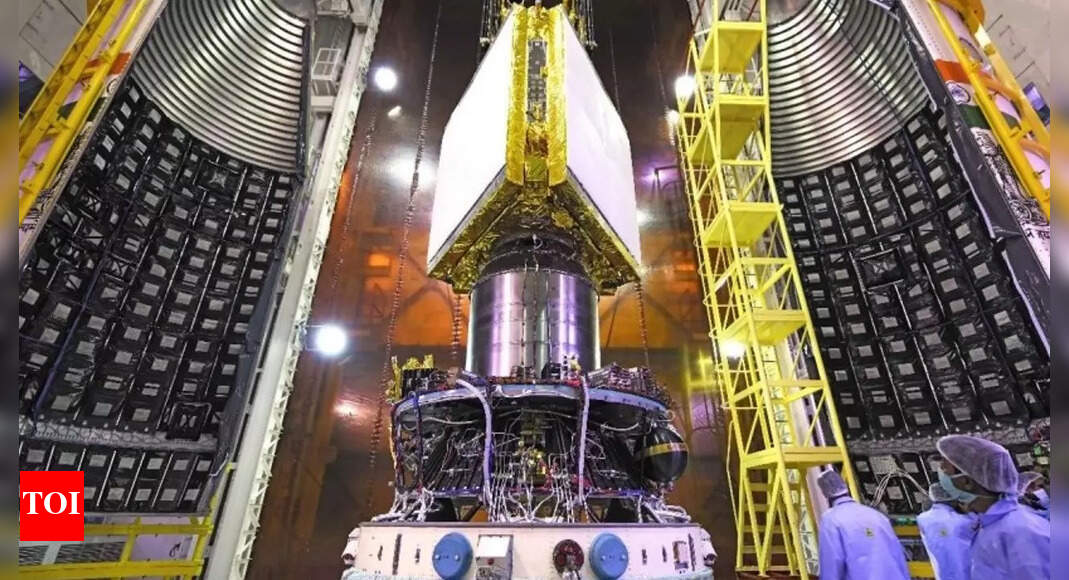
What's the status of Navic btw? I read reports that it might take a few more years for civilian use but has military started using it or still entirely dependent on GPS and GLONASS?
Consortium led by Adani-backed firm assembled, integrated and tested Isro's earth observation satellite | India News - The Times of India
India News: BENGALURU: In another mission that saw a push for private industry, the Earth Observation Satellite-04 (EOS-04) or Risat-1A launched by the PSLV-C52 a.timesofindia.indiatimes.com
BENGALURU: In another mission that saw a push for private industry, the Earth Observation Satellite-04 (EOS-04) or Risat-1A launched by the PSLV-C52 as its main payload on Monday was assembled, integrated and tested by a consortium led by Bengaluru-based private firm Alpha Design Technologies Limited (ADTL).
Adani-backed ADTL, along with its consortium partners had, in 2018, signed an agreement with Isro to work at ISITE (Isro Spacecraft Integration Test Establishment) to build satellites for the space agency. ADTL chairman-and-managing director (CMD) Col (retd) HS Shankar said young engineers and technicians from their consortium carried out the work under Isro’s guidance.
“The complete Assembly, Integration & Testing (AIT) at ISITE facilities were done by us. That is, all the items that Isro had procured from various vendors — both in India and abroad — and what they had developed in some of their centres were all assembled, integrated and tested by our specially qualified and trained team of 50+ engineers and technicians,” Shankar told TOI.
Risat-1A was put into an intended sun synchronous polar orbit of 529km altitude at 6.17am eighteen minutes after the PSLV-C52 lifted off from the first launch pad at SHAR.
This was the 80th launch vehicle mission from SDSC SHAR, Sriharikota; 54th flight of PSLV; and the 23rd flight of PSLV in XL configuration (6 strap-on motors).
The satellite is a Radar Imaging Satellite designed to provide high quality images under all weather conditions for applications such as Agriculture, Forestry & Plantations, Soil Moisture & Hydrology and Flood mapping. Weighing about 1,710 kg, it generates 2,280W power and has a mission life of 10 years.
The consortium had done the AIT for another Isro satellite before this — the GSAT-30. The telecommunication satellite was successfully launched into a Geosynchronous Transfer Orbit (GTO) on January 17, 2020 from Kourou launch base, French Guiana by Ariane-5 VA-251.
GSAT-30 is designed to provide communication services from Geostationary orbit in C and Ku bands and derives its heritage from Isro’s earlier INSAT/GSAT satellite series.
A replacement to INSAT-4A, GSAT-30 weighs 3,357kg and provides Indian mainland and islands coverage in Ku-band and extended coverage in C-band covering Gulf countries, a large number of Asian countries and Australia.
“These two satellites are part of the consortium, but before that ADTL had assembled two other satellites independently — the IRNSS-1H and IRNSS-1I — which was before the said 2018 contract,” Shankar added.
While the IRNSS-1H could not be put in orbit as the PSLV launching it suffered a glitch in the heat shield, the IRNSS-1I, a repeat satellite of the same family is in orbit as part of the constellation of satellites under the Indian Regional Navigation Satellite System or NavIC programme.
“The 2018 contract came before the space reforms were announced. Now, with additional emphasis on the private sector, we are looking forward to more collaborations with Isro,” Shankar added.
What's the status of Navic btw? I read reports that it might take a few more years for civilian use but has military started using it or still entirely dependent on GPS and GLONASS?

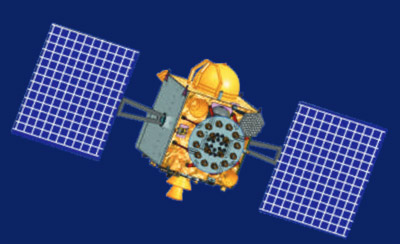
There is not much unclassified information about the extent of use by Indian military (and probably best it kept that way this decade).
ISRO is now confidently making Navic available for even chinese company end-solutions:

ISRO ties up with Chinese tech giant Oppo for R&D of NavIC messaging service
NEW DELHI: The Indian Space Research Organisation on Friday signed an agreement with Chinese tech giant Oppo to strengthen the research and development (R&Dwww.newindianexpress.com
so I would think that suggests a strong developed core architecture for the highest precision stuff (i.e encrypted military exclusive).
It would be confidential just what this entails right now though, as it would be things that GPS, Galileo and GLONASS (open source signal) are not precise enough for and/or susceptible to war time interference.
Interesting it found mention here:

India’s NAVIC GNSS Capability Declared An Allied System By U.S. Congress - SpaceWatch.Global
The U.S. Congress has formally acknowledged India's NAVIC global navigation satellite system (GNSS)spacewatch.global
Maybe @Paro or @Gessler have more info to share (if permissible of course).

